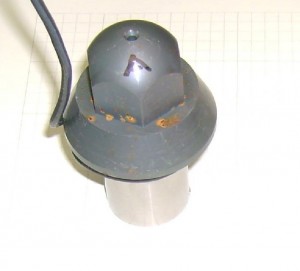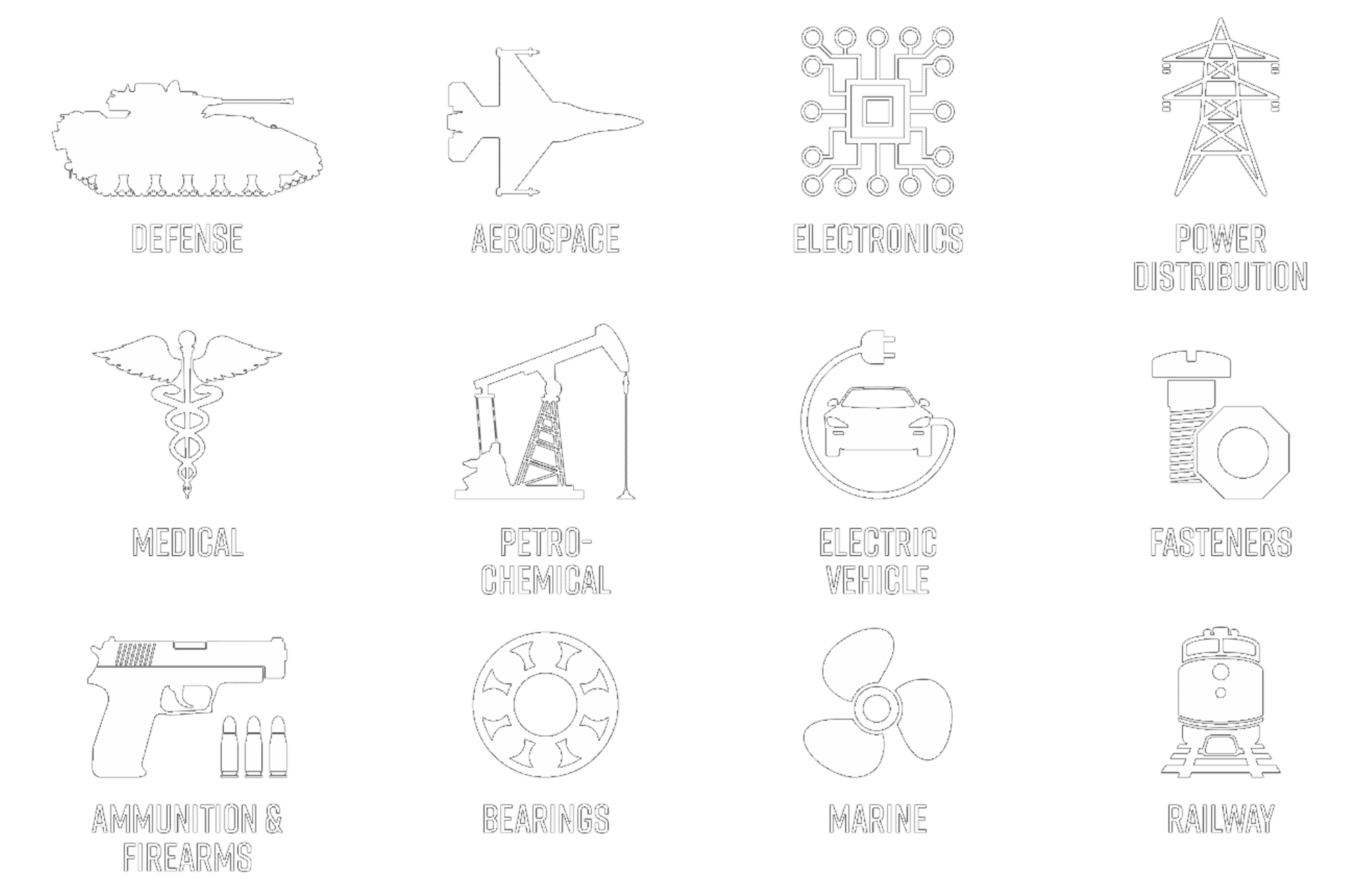Passivation of stainless steel on the surface would appear a simple matter as it is essentially an acid pickling process. In reality proper passivation of stainless steel is one of the most complex “simple” finishes in metal finishing. Unfortunately it is also one of the most incorrectly specified finishes by product design engineers and improperly employed finishes by finishing job shops. Often these two factors result in stainless parts which may have been passivated but are not truly passive which can result in field failures.

F.2: Improperly Passivated 416SS Stainless Component Showing Red Rust After High Humidity Testing on Hex Head Portion with Residual Heat Treat Scale While Not on Clean Shaft Portion
The most important point to understand in passivation is that not all stainless steel grades can be passivated the same. In addition, simply stating “passivate” on an RFQ or print does not guarantee that the respective job shop will use the correct process for the specific material grade. To make matters worse, common specifications such as ASTM A967 cover all potential methods of passivation which basically means referencing the spec alone without a nitric or citric method callout is meaningless.
To properly passivate stainless steel the passivation method must specified based upon the basis grade of stainless and the heat treatment that the stainless receives. Several specifications such as ASTM A967, QQ-P-35 and ASTM A380 provide passivation guidelines along this manner but they are often just that – guidelines! Some higher quality grades of stainless such as 316SS passivate very readily; other grades of stainless, especially free machining grades such as 303SS or 416SS, can be extremely difficult to passivate – especially if a high surface luster must be maintained such as with centerless ground shafts.
The other key point of passivation is that validation through testing is critical to ensure the process was successful. Advanced Plating Technologies offers a number of test methods including copper sulfate, potassium ferricyanide, high humidity and salt spray testing to test, validate and certify that stainless parts are indeed passive and “stainless” after processing.
Advanced Plating Technologies has devoted a tremendous amount of research and development over our history in the proper methods and applications that are required to make the respective grades of stainless steel passive. We have a full range of room temperature and heated nitric and citric systems available both with or without inhibitors to proper passivate even the most difficult stainless steel grades. We welcome the opportunity to work with companies on problem parts that have failed in the field and in most cases can validate the problem and provide a process that will solve the issue. APT also offers a wide range of proprietary methods as well as exacting ultrasonic cleaning and rinsing systems available to “precision passivate” demanding products such as implantables used within the medical and dental industries.
Want to learn more about our Passivation Services?
Check out our blog on Nitric vs Citric Acid Passivation.







